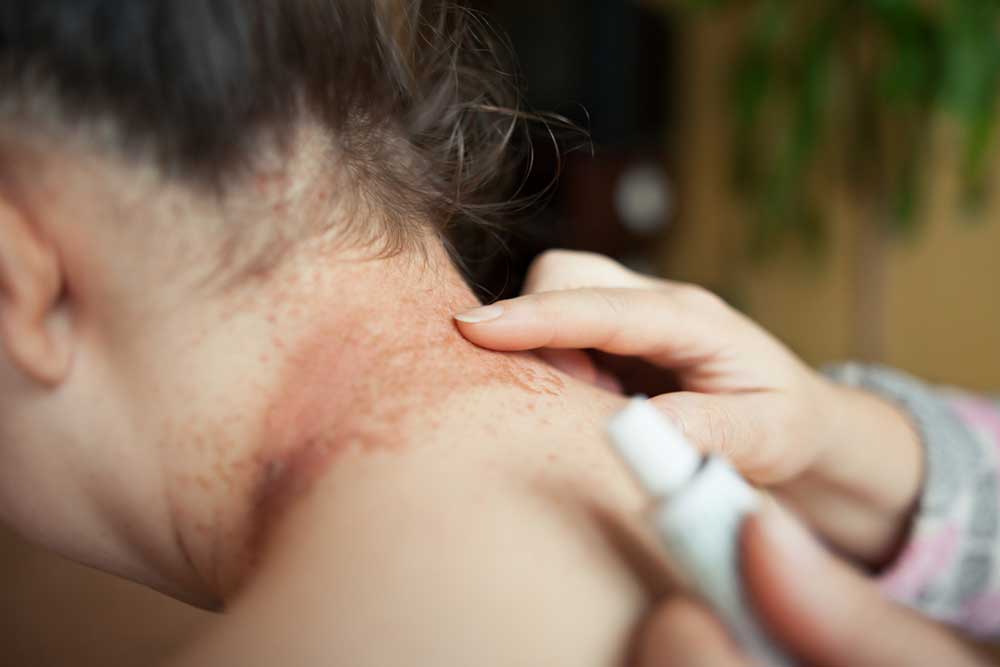Common Signs and Symptoms of Eczema
Eczema is a term used to refer to a group of medical conditions which cause the skin to become irritated and inflamed. Infants commonly suffer from this condition though they usually outgrow it by their tenth birthday. However, in some cases, people continue to suffer from symptoms of eczema that affect their skin on and off throughout their life.

Common signs and symptoms of eczema
– The first symptom of eczema is an intense itching sensation on the skin. The rash appears a little later in the form of red bumps of varying sizes. The itching is so severe that it interferes with one’s sleeping patterns as well.
– The developed rash itches and may cause a burning sensation, especially in thin areas of the skin such as the eye area and eyelids.
– If scratched or itched harshly, these bumps may ooze a transparent fluid.
– Older or chronic eczema causes symptoms such as thickened and scaly skin.
– Nummular eczema or coin shaped eczema indicates a condition where patients have one or more round areas with rashes. This condition is often confused with fungal infections.
– Some patients may develop painful cracks in the skin with time.
– In most cases, adults and older children experience eczema on the skin around the neck, flexures of the arms and legs, and in rare occasions, on the face. Infants can suffer from rashes on their face and torso. As the toddler starts to crawl, these rashes spread to their knees and elbows. The diaper area is rarely affected.
– A lot of people get red, fluid-filled bumps on their skin. When scratched, these bumps weep, adding wetness to the overall appearance. This type of eczema is most commonly seen on the sides of the fingers.
– The scalp area is hardly affected by the rash. Similarly, patients may not suffer from rashes in the outer ear area, though they may get rashes in the region behind the ears.
– Eyelids become red and puffy.
– If patients have rashes on the palms or soles of their feet, then they are probably suffering from a different skin condition like scabies, fungal infection, or allergic contact dermatitis.
Patients with any of these symptoms should consult a doctor immediately. They will perform an analysis of the entire skin’s surface and study the patient’s health history carefully, arriving at an accurate diagnosis. Sometimes, a sample of the affected skin is also sent to the laboratory for thorough examination.











